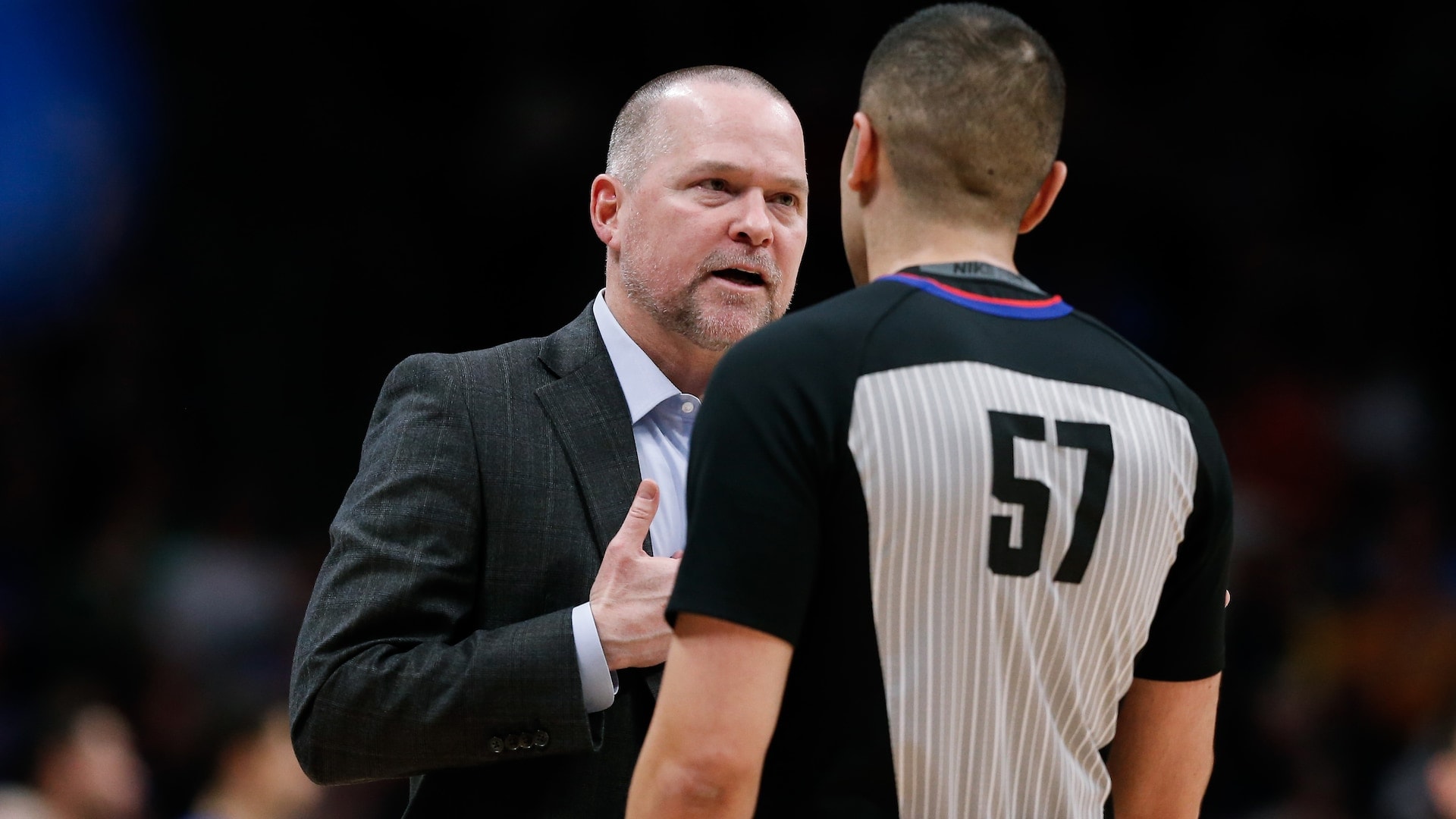
* * *
NBA commissioner Adam Silver says the league will take a “fresh look” at ways to shorten the last two minutes of games. The suggestion box is open: What can the league do to speed things up?
* * *
David Aldridge: A couple of things: Grant each team one automatic “advancement” to halfcourt per game, so a team doesn’t have to use a timeout late in a game to advance the ball from under its basket to halfcourt. BUT: If you use the advancement, you can’t then use a timeout. We’re playing. Also: Only one non-automatic timeout in the fourth quarter can be a full timeout; all others are 20-second timeouts. Also: No team can call back-to-back timeouts in the last two minutes. If you call timeout, but can’t inbound the ball afterward, you can’t use another timeout. Either get the ball in or give it up.
Steve Aschburner: Advance the ball without a timeout. No calling consecutive timeouts. And cut the number of timeouts, period, so there are fewer stoppages of play overall. Figure out a way, too, to adjudicate a clear-path situation without the prolonged replay reviews those typically require. The last two minutes take all the blame, but the first 46 need to be played more expeditiously as well.
Fran Blinebury: For starters cut back timeouts from 6 to 4 per game for each team, with no more than two per team called in the fourth quarter. But if Adam Silver is truly serious, he must also address the length of the timeouts. What that means is the league has to stop cramming in more and more TV commercials during timeouts. It especially means that 20-second timeouts — one per team each half — be actually 20 seconds long. Watch the clock that is attached to the stanchions in every arena at the start of a so-called “20-second timeout.” It is set to 1:00. Solving the drawn-out end of game problem is actually quite simple. But like the problem with the regular season schedule and the “rest crisis” for players, it requires leaving money on the table. Fewer games in the schedule — from 82 down to no more than 66 — and shorter timeouts with fewer TV ads. Of course, leaving money on the table is exactly why it won’t happen.
Scott Howard-Cooper: Nothing. There shouldn’t be a focus on trimming in the final two minutes, when the tension of any close game should be enough to make even timeouts, intentional fouls and offense-defense substitutions interesting. Anyone interested in eliminating a TV timeout or two earlier in the game in the interest of speed? Didn’t think so. If the rules require me to give one suggestion, I’ll say the advance rule in the D-League is at least worth serious consideration. Coaches won’t like it because it allows them to advance the ball with a timeout but without getting a strategy huddle as part of the stop. If it is used as one of current allotment of timeouts, as opposed to an additional tactic on top of the timeouts, that will shave a little time.
Shaun Powell: I’ve been waiting years for this question: Remove coaches from the game and let the players decide! To do that, you erase all timeouts in the last 90 seconds. This is the NBA. These players have been in tight games all their lives. Let them rely on experience and instincts and keep the game moving. When students take a final exam, are they allowed a timeout to research the questions again? No. Then why should professionals need reminders from the coach about what plays to run?
John Schuhmann: Option 1: Go to the FIBA rule that timeouts can only be called with a dead ball or after a basket. Option 2: Take away a couple of timeouts and add an “advance-the-ball” stoppage, where a team can advance the ball to the frontcourt without a timeout.
I would also reduce the overall game times (and viewer frustration) by getting rid of the clear path rule and its accompanying replay reviews. I would replace it with a rule that says that any foul in the first 12 seconds of the shot clock that is deemed intentional (with no replay reviews) results in (one or) two shots and the ball. That would penalize fouls that are meant to stop fast breaks, as well as intentionally fouling bad free throwers.
Ian Thomsen: Empower the replay center to review and rule more calls instantly. If the league is going to use replay, then go all-in and commit to enforcing the rules — especially for out-of-bounds and foot-on-the-3-point-line calls — as efficiently as possible. Also, each team should be limited to two timeouts for the final five minutes. There is an opportunity here for the NBA to distance itself from the competition — not only college basketball, but pro and college football as well — by speeding up the most important part of the game and forcing players to make crucial decisions in the flow.
Lang Whitaker: I have two ideas. First, no matter how many timeouts you have left in the bank, you get two timeouts for the last two minutes, one full and one twenty-second, and nobody is allowed to call two timeouts back-to-back. And even though timeouts clearly slow things down, to me the most obvious culprit is all the replay delays. Over the last two minutes, it feels like most games spent more time in Secaucus than they do on the court. So here’s my remedy: Each team gets one replay challenge for the last two minutes. No more automatic reviews. Now you get one chance to have the refs check their work. Use it wisely!
MORE BLOGTABLE: All-Star 2017 starters | Lessons learned from Cavs-Warriors








